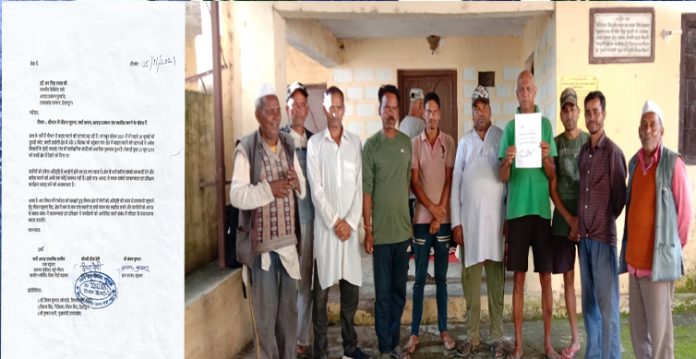Given the increase in cloudburst and different severe weather events and shortage of climate monitoring stations, device, villagers have shot off a letter to the government worrying installation of rain gauges and statistics dissemination in Pauri Garhwal district of Uttarakhand.
Villagers Want Awareness Programmes
Drawing attention to instances of cloudbursts in the region in July and September this year and a similar one in June 2019, catastrophe hit villagers from Syunsal in Thailisain tehsil of Pauri Garhwal district have stated: “The villagers here are terrorised via the potentialities of intense climate and cloudbursts that may take place anytime. This area does now not have any gadget in region to both measure the rainfall or disseminate such information to villagers spread over hills.”
“The villagers want consciousness and schooling to work through such conditions, save their lives and ensure least damage. There is a want for awareness programmes for cognizance,” the letter, addressed to the state’s Cabinet Minister for Disaster Management and Rehabilitation, Dr Dhan Singh Rawat, stated.
also read: South West Monsoon Completely Withdrawn From Country, Heavy Rainfall Expected in TN; IMD
The villagers have demanded a weather data centre and rain gauges at minimal 5 locations at the side of schooling on catastrophe control for the citizens, in particular in remote rural areas, the letter copied to the District Collector, India Meteorological Department’s (IMD) station director at Dehradun and the country Chief Minister, stated.
Post the 2013 Kedarnath tragedy, there was a sustained attempt to boom weather monitoring, as a result of which, the country now has 70 guide gauges, 150 plus automated climate stations (AWS), computerized rain gauges and simply one doppler radar (at Mukteshwar), IMD officials said.
Monitoring For Rainfall Forecast Is Lagging
2020 IMD take a look at primarily based on information among 1989-2018 has proven that in the south-west monsoon months, the nation receives highest rainfall (35 in keeping with cent) in July followed by means of August that receives 33 in line with cent at the same time as June and September acquire 15 in line with cent and 17 in keeping with cent, respectively. The Himalayan country receives 79 in step with cent of annual rainfall during the southwest monsoon season itself, i.E., between June to September. The variability of monsoon or annual rainfall is 21 according to cent and 19 in step with cent respectively, the examine had talked about.
According to Bhim Singh Rawat who’s an partner coordinator with South Asia Network for Dams, Rivers and People (SANDRP), “There were at least 3 extreme rainfall activities locally inside the Thailisain block of Pauri Garhwal district inside the bordering areas of Chamoli and Almora districts. People have known as it cloud bursts, however, sheer loss of tracking of such activities makes it hard to ascribe as there are not any rain gauges in and around the radius of 50 km location between Thailisain in Pauri to Gairsain in Chamoli district.”
also read: UK Scientists Create “Mini Brains” To Study Dementia, Loss of Motion
Reminding that there had been times when very heavy rainfall has been recorded as no or scanty rainfall days on the district headquarters, Rawat said, “While there are good sized changes in rainfall sample in the region, the monitoring work crucial for robust forecast gadget is far lagging.”
Rawat, who hails from Syunsal village however now works in Delhi, also reiterated the want for an institutional mechanism to disseminate weather related facts that too on time which can assist reduce the casualties and harm to infrastructure.







